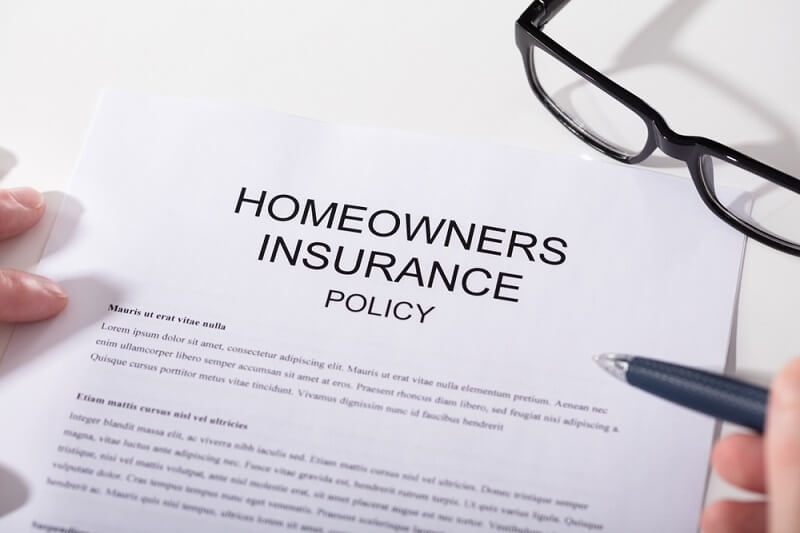
One of the most critical financial protections for anyone owning a home is homeowners' insurance. Whether you are concerned about surprise repairs, natural disasters, or general accidents and damage occurring on one's property, a well-chosen policy could shield you from total financial devastation. In the initial phase of assessing homeowners' insurance coverage, comprehending tips on property damage protection and theft insurance helps in securing your home and belongings. Solid homeowners insurance gives you peace of mind while also helping you manage home insurance rates more strategically.
Owning a home comes with quite a bit of emotional and financial responsibility. Keeping your house up is important, but being prepared for any unexpected event is not optional. This is what homeowners' insurance can be for. Homeowners insurance protects your house, your belongings, and sometimes even your financial liability when the unexpected happens.
Below, we detail everything you need to know, from dwelling coverage explained in full detail, through natural disaster coverage essentials, theft insurance tips, to home insurance rates and what to consider before selecting a policy.
Property damage protection is one of the central components of homeowners' insurance. This part of your policy covers damage caused by sudden, accidental events such as:
Your homeowners' insurance doesn't just protect the walls around you; it protects the structure of your home, the material it is made from, and even, at times, additional buildings on your property.
Property damage protection is a component that ensures you are not left alone should disaster strike. Homeowners insurance remains the foundation of such a safety net, helping you recover faster and more effectively.
Coverage for natural disasters greatly depends on your location and the policy itself. Not all types of disasters are automatically covered under homeowners' insurance, so the particulars count. Some standard policies cover windstorms, hail, and fire, but do not include others, such as floods or earthquakes, unless added as endorsements.
Natural disaster coverage instantly goes to the top of your list if you live in a hurricane, tornado, wildfire, or heavy rain-prone area. Without this layer of home insurance, a single catastrophic event may result in long-term financial strain or even loss of your home.
Dwelling coverage, in its simplest explanation, represents that part of your homeowners' insurance policy that covers the physical structure of your house. It involves everything from the roof down to the foundation and covers your home for any damages resulting from a covered peril.
With a thorough explanation of dwelling coverage, a homeowner can feel comfortable selecting coverage appropriate to their property value and needs.

Home insurance rates depend on a few important factors that can help you get the best premiums while avoiding overpaying.
Since homeowners' insurance differs from one carrier to another, comparing home insurance rates helps balance affordability with the right protection.
After all, theft can occur no matter where you live, which is why theft insurance tips are so critical as you consider homeowners' insurance policies.
These theft insurance tips will help homeowners be prepared for unexpected loss by ensuring their belongings are covered under homeowners' insurance.
If your home is unusable after a covered loss, your policy may pay for temporary housing, meals, and related expenses. This portion of homeowners' insurance can help minimize stress while repairs are being made and allows you to maintain your routine.
It is a rarely considered benefit that pays great dividends when disaster disrupts your life.
Liability protection is as critical as property coverage. Liability insurance may pay medical bills, legal fees, or settlements if someone gets hurt on your property or if you accidentally damage someone else's property.
Homeowners insurance often includes:
This ensures financial protection against any unexpected claims or accidents.
Comparing policies is key to finding the right homeowners' insurance. Find the best policy that suits your needs and fits within your budget. Be sure to compare:
Choosing homeowners' insurance isn't all about price; it's about reliable protection.
Homeowners can take several steps to lower their home insurance rates while still maintaining strong protection.
These changes enable one to obtain better home insurance rates, all while retaining comprehensive protection.
Homes change, values increase, and the risks shift. For this reason, reviewing homeowners' insurance every year ensures that coverage aligns with updated needs. Whether adding new rooms, remodeling, or buying valuable new things, updating your policy provides complete protection.
Annual reviews also let you stay abreast of property damage protection details, dwelling coverage, as explained earlier, and whether your home insurance rates remain competitive.
A house is likely one of the largest emotional and financial investments you will ever make in your life. Homeowners' insurance protects your home from the risks of natural disaster, damage by accident or unforeseen events, and liabilities associated with theft or damage caused to your home. Adequate homeowners' insurance will relieve you of the stress of the unknown dilemmas and give you peace of mind that you will have financial stability to protect your home as you face unpredictable challenges in life.
Knowing the definition of homeowners' insurance, natural disaster coverage particulars, a clear definition of dwelling coverage, tips on theft insurance, and property damage protection gives you the necessary information to make important decisions that keep you safe, protected, and comfortable at home during every season.
This content was created by AI